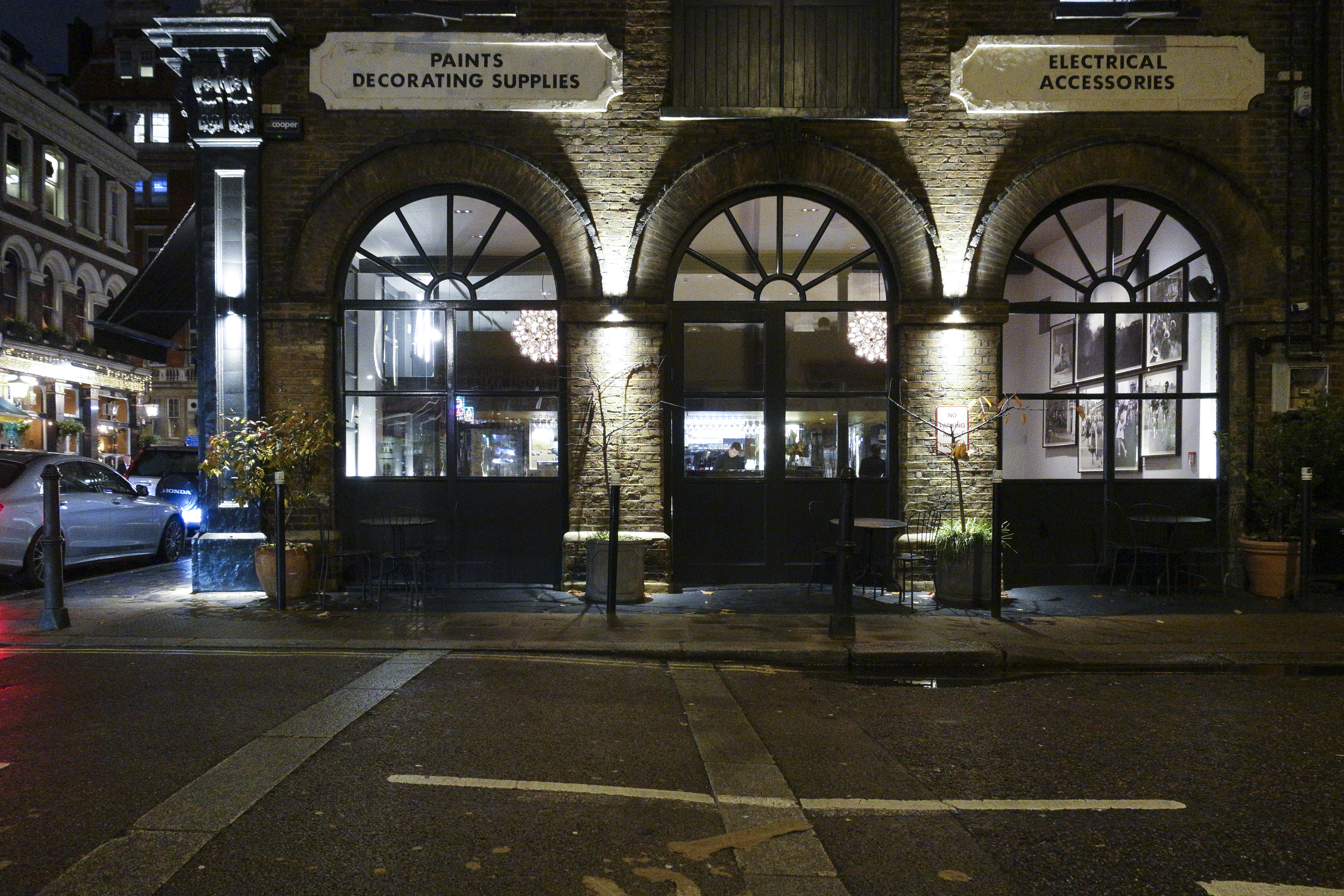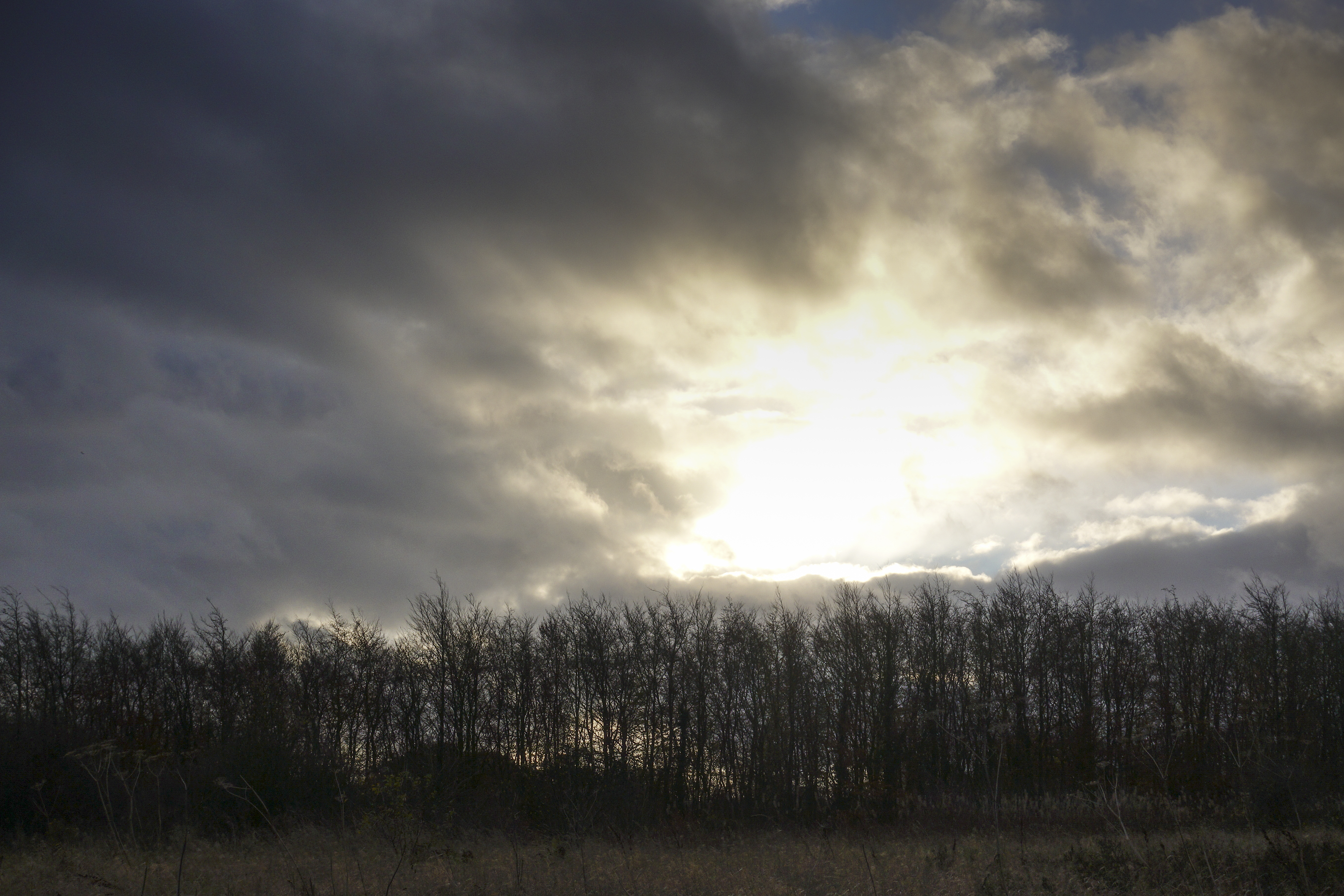Why you can trust TechRadar
Performance
- 24fps burst shooting
- 150-shot buffer at 24fps (Extra Fine JPEG)
- 220-shot battery life
While the Sony RX100 V’s 24fps burst shooting speed would make the likes of the Canon EOS-1D X Mark II and Nikon D5 blush, just as impressive is the fact that it can sustain this for 150 shots (Extra Fine JPEG) before it needs to take a breather, and for raw shooters, 72 continuous frames isn't to be sniffed at either.
When it comes to metering, meanwhile, keep the RX100 V set to Sony’s multi-zone mode and you’ll be rewarded with dependable results, only having to intervene in high-contrast lighting conditions, while the camera’s Auto White Balance does a decent job under a range of lighting conditions.
Considering how compact the viewfinder is, when you lift your eye up to the camera it’s a pleasant surprise to see how generous the field of view is
There are no complaints about the rear display either – Sony may have used the same-resolution screen since the first RX100, but clarity is great. And for those looking to shoot candids on the street, the ability to shoot at waist-level with the screen pulled outwards is most welcome – just remember to turn down the volume of the annoying AF confirmation beep first. Put a touchscreen interface on there, however, and things would be even better… come on Sony.
Considering how compact the viewfinder is, when you lift your eye up to the camera it’s a pleasant surprise to see how generous the field of view is. Don’t get us wrong – it’s nothing like we’ve seen in some recent mirrorless cameras, but it’ll certainly do the job.
Here’s the thing though: we found that we relied on the rear display much more than we’d thought we would, only resorting to the EVF on the odd occasion. Everybody’s style of shooting will be different, but it’s something to consider if you think this is a feature you can do without.
Battery life has taken a bit of a hit compared to the RX100 IV, down from 280 shots to just 220 (and 100 fewer than the RX100 III). This is perhaps due to the improvements in performance that Sony has carried out under the skin, but you’ll soon be getting a flashing red battery light should you get a bit trigger-happy with a series of 24fps high-speed shots.
Image quality
- ISO125-12,800, expandable to 80-12,800
- Image quality virtually identical to RX100 IV
- Multiple picture effects
The results from the RX100 V are pretty much identical to those from its predecessor, but that’s no bad thing at all, with perhaps the only tangible difference being slightly more pronounced sharpening of JPEG files.
Sign up for breaking news, reviews, opinion, top tech deals, and more.
You can expect plenty of detail from the 20.1MP sensor when shooting at the lower end of the sensitivity range, with the camera outputting files at 5472 x 3648 pixels, allowing you to make an A3 print at 300dpi without the need to increase the size of the file.





It’s only when you increase the sensitivity beyond ISO400 that detail resolution begins to dip, and image quality only really begins to suffer at ISO6,400 and 12,800.
Image noise is nicely controlled at under ISO800, but above that you’ll start to see color noise encroach on the shadow areas of the image. That said, even at ISO3,200 images don’t look at all unsightly. There’s some color and luminance (grain-like in appearance) noise present, but that’s to be expected. We certainly wouldn’t have an issue using this setting – and raw files offer even more scope for noise control should you need it – although we’d avoid the top end of the scale as far as possible.

Dynamic range is also very impressive, and the RX100 V has a host of Dynamic Range Optimizer settings; even with JPEG files we found it was possible to recover plenty of detail post-capture, especially in the shadows, although for more natural-looking results we’d always prefer to do this in camera.
Current page: Performance and image quality
Prev Page Build, handling and AF Next Page Verdict and competition
Phil Hall is an experienced writer and editor having worked on some of the largest photography magazines in the UK, and now edit the photography channel of TechRadar, the UK's biggest tech website and one of the largest in the world. He has also worked on numerous commercial projects, including working with manufacturers like Nikon and Fujifilm on bespoke printed and online camera guides, as well as writing technique blogs and copy for the John Lewis Technology guide.
